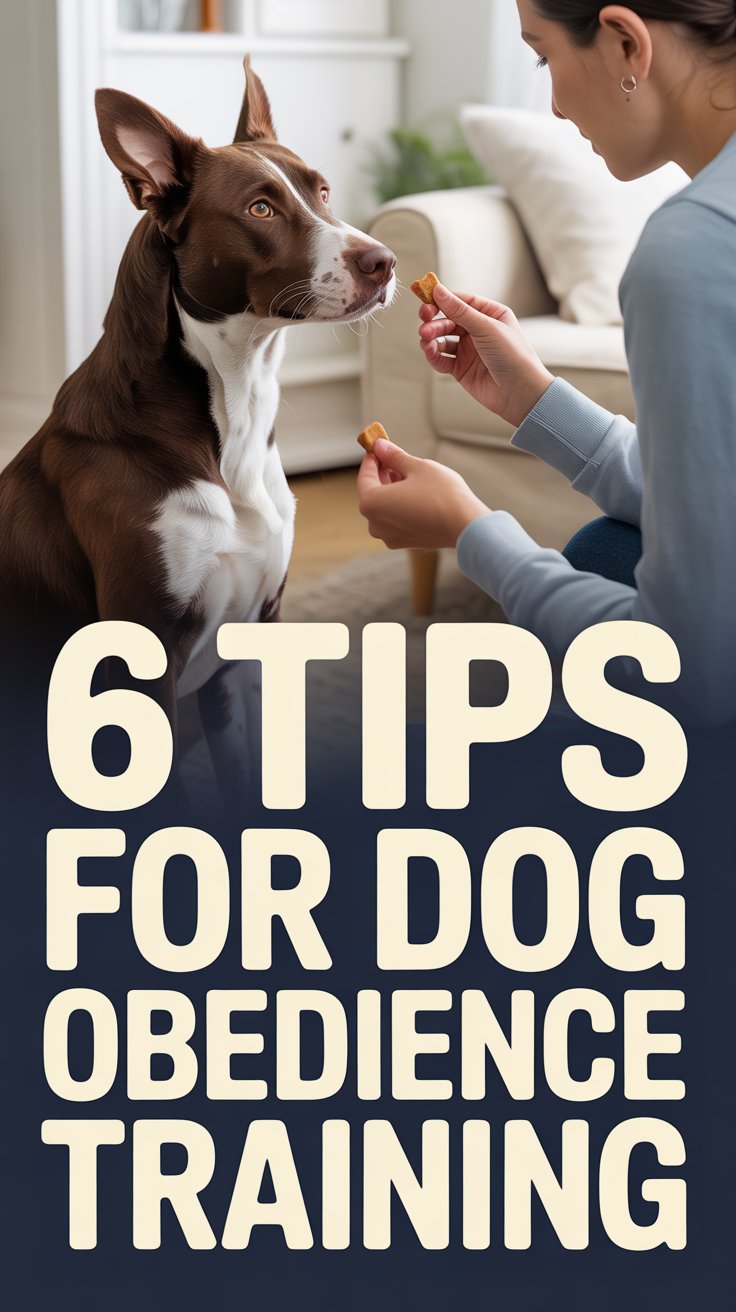So, you want to train a therapy dog? Amazing. You’re not just raising a well-mannered pup—you’re shaping a four-legged emotional support system that could change lives. But spoiler alert: it takes more than slapping on a vest and hoping for the best.
Therapy dogs need impeccable behavior, emotional stability, and a whole lot of social grace. Whether you’re dreaming of hospital visits, school programs, or community outreach, here’s your expert guide to therapy dog training—without the fluff, and with all the real-world know-how you need.
1. Nail Down Obedience Before Anything Else
Therapy work starts with obedience—no exceptions.
What this means:
- Your dog should instantly respond to sit, stay, heel, and down—on cue, in distracting environments.
- Loose-leash walking should be second nature.
- Reliable recall is non-negotiable, even around tempting distractions like snacks or squealing toddlers.
🧠 Trainer’s Tip: Use positive reinforcement with a marker word (“Yes!” or clicker) to build speed and reliability. Don’t move on until these basics are rock solid—even if it takes weeks.
2. Socialize Strategically, Not Randomly
Yes, socialization is important—but smart socialization is essential.
Expose your dog to:
- People with assistive devices (wheelchairs, walkers, canes)
- Children, seniors, men with hats, people wearing masks
- Environments with unusual lighting, smells, or floor textures (think hospitals, malls, schools)
🎯 Pro Insight: Controlled exposure helps avoid overstimulation. Pair new sights or sounds with treats and praise to build confidence, not fear.
3. Train for Calmness in High-Stress Environments
A therapy dog should be the calmest being in the room—no matter how chaotic it gets.
Build emotional neutrality with:
- Mat training (teaching them to lie calmly in one spot)
- Exposure to unpredictable noise (e.g., sirens, alarms, shouting)
- Practicing calm greetings—no jumping, barking, or overenthusiastic tail tornadoes
🧘♂️ Bonus Tip: Teach a “settle” cue. It tells your dog to switch into low-energy mode on demand. It’s like a doggy dimmer switch.
4. Touch Tolerance: Train for Human Clumsiness
Therapy dogs will get patted like old couches. Expect it.
Desensitize your dog to:
- Unexpected touches (top of head, ears, tail, paws)
- Awkward hugs or squeezes (especially from children or seniors)
- Being approached suddenly or from behind
👵 Real-World Example: In nursing homes, residents may grab or lean on dogs without warning. Touch tolerance isn’t optional—it’s survival.
5. Master the “Leave It” Command Like a Pro
The best therapy dogs ignore temptation like Zen monks.
Your “leave it” should apply to:
- Dropped meds or food
- Medical equipment and trash bins
- Human distractions (e.g., crying children or rowdy teenagers)
🛑 Handler Hack: Proof this command in different settings—indoors, outdoors, quiet and loud places—so it works anywhere, every time.
6. Introduce Medical Equipment Early
Start with mock environments at home. Then slowly work toward real-world exposure.
Include:
- Walkers, canes, and wheelchairs
- Beeping monitors and IV stands
- Sudden loudspeaker announcements
🎯 Practice Plan: Create an at-home simulation using rolling chairs, vacuum sounds, and uneven surfaces. Reward calm behavior with high-value treats.
7. Build Exceptional Eye Contact and Handler Focus
A therapy dog should check in with you frequently—without being prompted.
Why this matters:
- Maintains emotional connection and trust
- Helps redirect attention if your dog gets distracted
- Reinforces calm, confident energy
👁 Training Game: Hold a treat near your eyes. Say “Look.” Mark and reward when they make eye contact. Gradually increase duration and remove the treat.
8. Train for Passive Presence
Sometimes the job is just… being there.
Therapy dogs often have to:
- Sit quietly for 20–30 minutes
- Ignore people unless invited
- Provide comfort without demanding attention
📚 Pro Practice: Bring your dog to pet-friendly cafes, libraries, or waiting rooms. Reward quiet behavior. This builds patience and emotional regulation.
9. Choose the Right Dog (Even if It’s Not Yours)
Let’s get real: Not every dog is cut out for therapy work.
Look for a dog that is:
- Naturally people-focused and friendly
- Emotionally balanced (not anxious, reactive, or skittish)
- Comfortable in new places and with unpredictable handling
🚫 Red Flags: Excessive fear, resource guarding, or aversion to touch can disqualify even the cutest pups.
And remember, that’s okay—some dogs are couch cuddlers, not community healers.
10. Get Certified Through a Legitimate Organization
Once your dog meets the behavior standards and temperament criteria, it’s time to certify.
Reputable certifying bodies include:
- Pet Partners
- Alliance of Therapy Dogs
- Therapy Dogs International
✅ They’ll evaluate:
- Obedience under pressure
- Reactions to distractions
- Handler-dog communication and control
Certification usually involves:
- A written test
- A behavior evaluation
- A supervised field visit
Extra Tips for Long-Term Success
- Ongoing training: Maintain skills through weekly refreshers.
- Grooming matters: Keep nails trimmed, fur clean, and breath fresh. Hygiene is part of professionalism.
- Insurance: Some organizations provide liability insurance—don’t skip it.
- Handler mindset: Stay calm, positive, and in tune with your dog’s signals. Therapy work is a partnership.
Final Thoughts: Therapy Dogs Are Trained, Not Born
Training a therapy dog is part science, part art—and all heart. It takes consistency, empathy, and the ability to laugh when your dog mistakes a therapy session for a snack hunt.
But when your dog makes someone’s day better with a tail wag or a gentle nuzzle? Totally worth it.
So keep at it. Take breaks. Celebrate milestones. And remember: You’re not just training a dog. You’re preparing a healing presence.
❤️ One paw, one person, one visit at a time.
